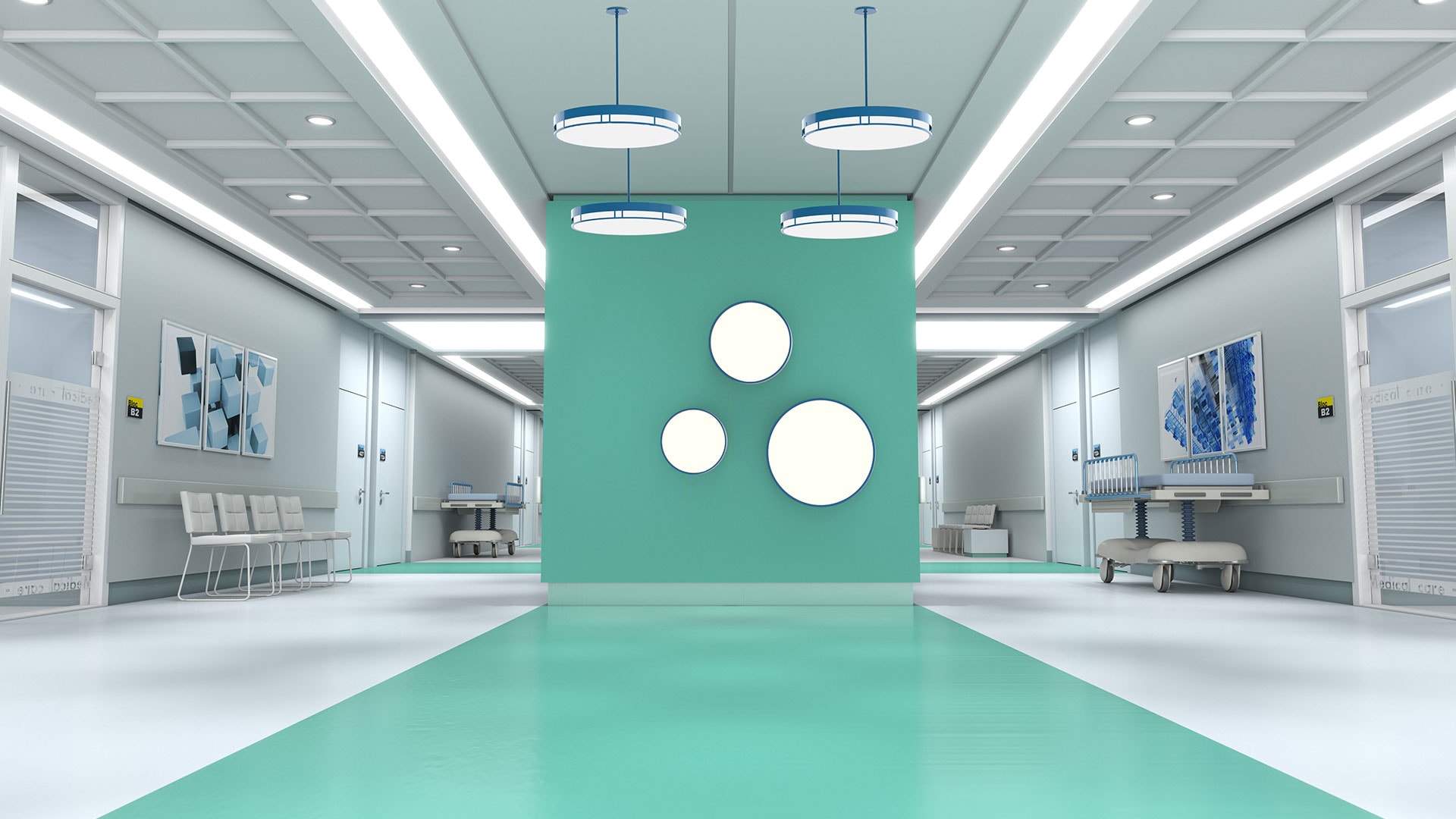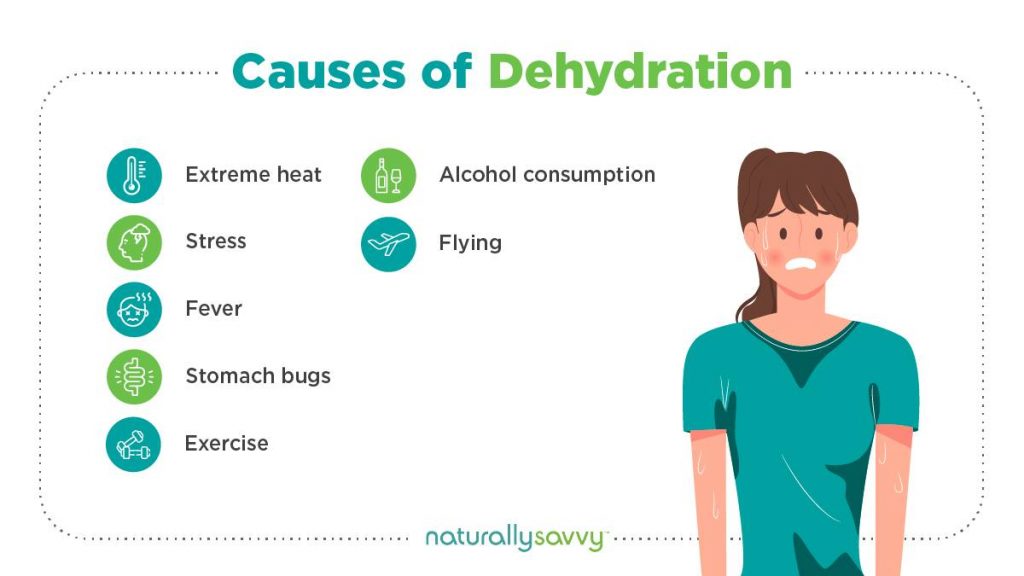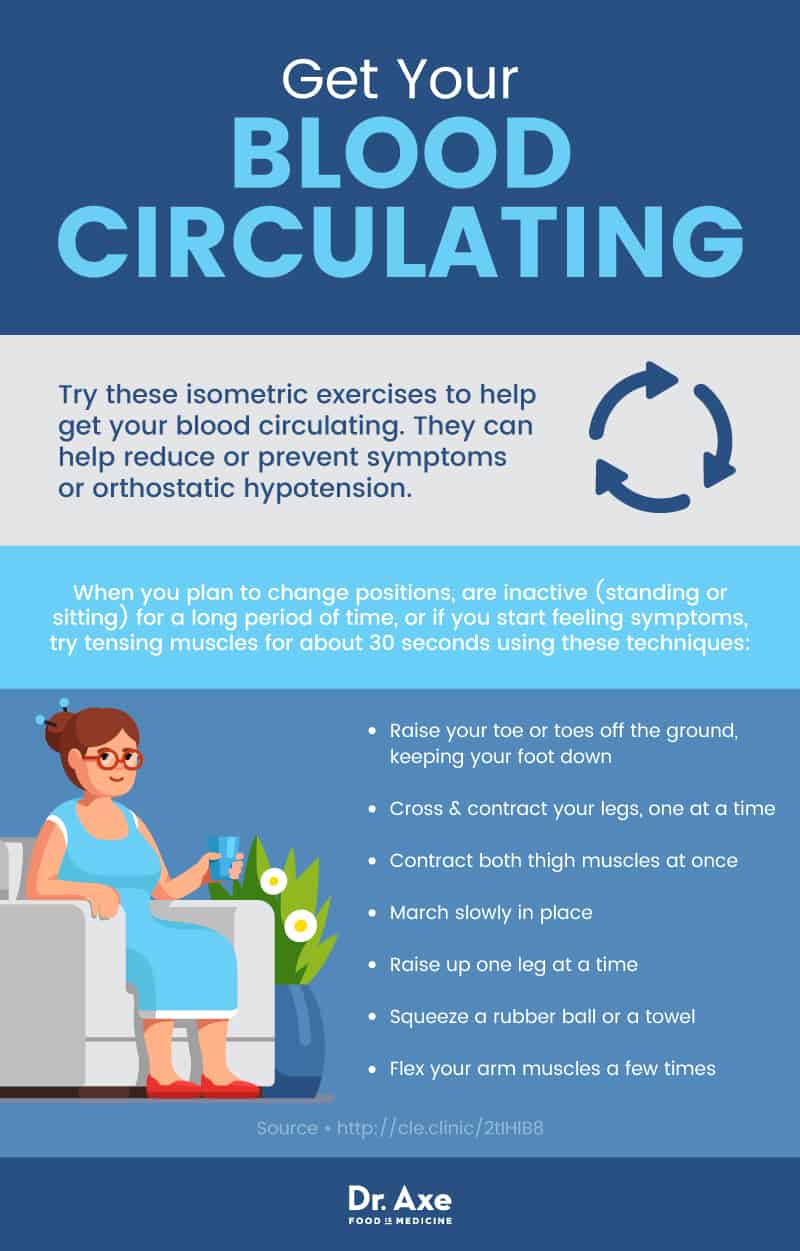Identifying the Cause: Why Do I Feel Dizzy When Standing Up?
Lightheadedness upon standing, also known as orthostatic hypotension, can be a common and bothersome issue for many individuals. This condition is characterized by a sudden drop in blood pressure when transitioning from a seated or lying position to a standing one. As a result, the brain may not receive an adequate supply of oxygen-rich blood, leading to feelings of dizziness, lightheadedness, or even fainting in severe cases. The primary causes of this phenomenon include dehydration, low blood sugar, and orthostatic hypotension itself.
Dehydration occurs when the body loses more fluids than it takes in, leading to a reduced blood volume. This, in turn, makes it difficult for the heart to pump blood efficiently, causing a drop in blood pressure upon standing. Symptoms of dehydration may include dark-colored urine, dry mouth, and fatigue. Low blood sugar, or hypoglycemia, can also contribute to lightheadedness when standing up. When blood sugar levels drop, the body may respond by releasing adrenaline, which can cause blood vessels to constrict and reduce blood flow to the brain.
Orthostatic hypotension is a more complex condition that involves the autonomic nervous system’s failure to regulate blood pressure effectively. This system is responsible for controlling various involuntary functions, such as heart rate and blood vessel constriction. In individuals with orthostatic hypotension, the blood vessels may not constrict quickly enough when standing, leading to a drop in blood pressure and subsequent lightheadedness.
Preventive Measures: How to Avoid Lightheadedness When Standing Up
To minimize the occurrence of lightheadedness when standing up, consider implementing the following preventive measures. Gradual changes in position can help reduce the likelihood of experiencing dizziness. Instead of standing up quickly, take your time and rise slowly from a seated or lying position. This allows your body to adjust to the change in blood pressure and reduces the risk of feeling lightheaded.
Staying hydrated is crucial for maintaining optimal blood volume and preventing dehydration. Aim to drink at least eight glasses of water per day, and increase your fluid intake during hot weather, exercise, or illness. Additionally, consider incorporating hydrating foods, such as fruits and vegetables, into your diet to help maintain hydration levels.
Dietary adjustments can also play a significant role in preventing lightheadedness when standing up. Eating small, frequent meals throughout the day can help maintain stable blood sugar levels and prevent hypoglycemia. Focus on consuming nutrient-dense foods, such as whole grains, lean proteins, and healthy fats, to provide your body with a steady source of energy.
Simple Exercises: How to Improve Blood Circulation and Prevent Dizziness
Incorporating simple exercises and movements into your daily routine can help improve blood circulation and reduce the likelihood of experiencing lightheadedness when standing up. These exercises can be performed while sitting or lying down and can be easily integrated into your work or home environment.
Leg crossing is a simple and effective exercise for improving blood circulation. To perform this exercise, sit comfortably in a chair and cross your legs at the ankles. Gently pull your top ankle towards your body, holding the position for a few seconds before releasing and switching legs. Repeat this process several times on each side to help stimulate blood flow in your lower extremities.
Ankle pumping is another exercise that can help prevent lightheadedness when standing up. While seated or lying down, extend your legs and point your toes towards the floor. Alternate between pointing your toes and flexing your feet, as if you are pressing down on an imaginary gas pedal. Perform this exercise for 15 to 30 seconds, taking breaks as needed. Ankle pumping can help improve circulation and reduce the risk of blood pooling in your feet and ankles.
Head tilting is a gentle exercise that can help prevent dizziness by promoting blood flow to the brain. While seated, slowly tilt your head towards your shoulder and hold the position for a few seconds. Gently release and repeat on the opposite side. This exercise can be performed several times throughout the day to help maintain optimal blood circulation and reduce the likelihood of experiencing lightheadedness when standing up.
Medical Solutions: When to Consult a Healthcare Professional
While preventive measures and lifestyle adjustments can help reduce the frequency and severity of lightheadedness when standing up, it is essential to recognize when it is appropriate to consult a healthcare professional. Seek medical attention if you experience any of the following warning signs:
- Lightheadedness that persists for an extended period or worsens over time
- Recurrent episodes of fainting or near-fainting
- Chest pain, shortness of breath, or palpitations accompanying lightheadedness
- Blurred vision, difficulty speaking, or weakness in your limbs
- A history of heart disease, diabetes, or other chronic medical conditions
Your healthcare professional may perform various tests to determine the underlying cause of your lightheadedness, such as blood pressure measurements in different positions, electrocardiograms, or echocardiograms. Based on the results, they may recommend medical interventions, such as medication adjustments, physical therapy, or the use of compression stockings to help manage orthostatic hypotension and reduce symptoms.
Dietary Considerations: Foods and Drinks to Prevent Dehydration and Low Blood Sugar
A well-balanced and nutritious diet plays a crucial role in preventing lightheadedness when standing up. By focusing on foods and drinks that maintain hydration and stable blood sugar levels, you can help minimize the risk of experiencing dizziness or fainting.
To prevent dehydration, aim to consume at least eight glasses of water per day. Additionally, incorporate hydrating foods, such as fruits and vegetables, into your diet. Foods with high water content, such as watermelon, cucumber, and tomatoes, can help maintain hydration levels and support overall health.
Maintaining stable blood sugar levels is equally important for preventing lightheadedness. Opt for complex carbohydrates, such as whole grains and legumes, which provide a steady source of energy and help prevent sudden spikes and crashes in blood sugar. Pairing these carbohydrates with lean proteins and healthy fats can further slow down digestion and promote long-lasting energy.
Some specific foods and drinks to consider incorporating into your diet include:
- Bananas: A good source of potassium, bananas can help regulate blood pressure and prevent dehydration.
- Almonds: Rich in vitamin E, magnesium, and healthy fats, almonds can help support healthy blood vessels and maintain stable blood sugar levels.
- Leafy greens: Spinach, kale, and other leafy greens are packed with essential nutrients, including iron, calcium, and vitamin K, which can help support overall cardiovascular health.
- Oatmeal: A warm bowl of oatmeal provides sustained energy and can help maintain stable blood sugar levels throughout the morning.
- Greek yogurt: A protein-rich snack, Greek yogurt can help keep you feeling full and satisfied while supporting healthy blood sugar levels.
Lifestyle Adjustments: How to Minimize the Impact of Orthostatic Hypotension
In addition to medical interventions and dietary considerations, several lifestyle adjustments can help minimize the impact of orthostatic hypotension and reduce the likelihood of experiencing lightheadedness when standing up.
Compression Stockings
Compression stockings are specialized hosiery designed to apply gentle pressure to your legs, promoting blood flow and preventing blood from pooling in your lower extremities. Wearing compression stockings can help reduce the symptoms of orthostatic hypotension and alleviate lightheadedness when standing up.
Medication Adjustments
If you are taking medication for conditions such as high blood pressure, depression, or Parkinson’s disease, your healthcare professional may need to adjust your dosage or switch you to a different medication. Some medications can exacerbate orthostatic hypotension, so it is essential to discuss any concerns with your healthcare provider.
Avoiding Alcohol and Caffeine
Both alcohol and caffeine can contribute to dehydration and exacerbate the symptoms of orthostatic hypotension. Limiting your consumption of these substances can help reduce the likelihood of experiencing lightheadedness when standing up.
Elevating the Head of Your Bed
Elevating the head of your bed by approximately 10 to 15 centimeters (4 to 6 inches) can help reduce the symptoms of orthostatic hypotension by promoting better nighttime blood flow and reducing the risk of nocturnal hypotension. This simple adjustment can help alleviate lightheadedness when standing up upon waking.
Exercise and Physical Therapy
Engaging in regular physical activity and exercise can help improve overall cardiovascular health and reduce the symptoms of orthostatic hypotension. A physical therapist can provide guidance on specific exercises and movements designed to strengthen your lower body, improve balance, and alleviate lightheadedness when standing up.
Monitoring Progress: Keeping Track of Improvements and Setbacks
Monitoring your progress and identifying potential setbacks is crucial when addressing lightheadedness upon standing. By maintaining a symptom diary and setting realistic goals, you can better understand your body’s response to various interventions and make informed decisions about your health.
Keeping a Symptom Diary
A symptom diary is a valuable tool for tracking the frequency, duration, and intensity of your lightheadedness episodes. Record the date, time, duration, and potential triggers of each episode, as well as any steps you took to alleviate your symptoms. Over time, this diary can help you identify patterns and correlations, allowing you to make adjustments to your diet, exercise routine, or medication as needed.
Setting Realistic Goals
Setting realistic goals is essential for maintaining motivation and tracking progress. Instead of focusing on an overall cure for lightheadedness, consider setting smaller, achievable goals, such as reducing the frequency or duration of your episodes. Regularly review your progress and adjust your goals as needed to ensure they remain relevant and attainable.
Monitoring Blood Pressure
Monitoring your blood pressure can provide valuable insights into your orthostatic hypotension and its impact on your lightheadedness. Use a home blood pressure monitor to track your blood pressure in various positions, such as lying down, sitting, and standing. Share these results with your healthcare professional to help them better understand your condition and develop appropriate treatment strategies.
Regularly Consulting with Your Healthcare Professional
Maintaining open communication with your healthcare professional is essential for managing lightheadedness upon standing. Regularly schedule appointments to discuss your symptom diary, blood pressure readings, and any concerns or questions you may have. By working collaboratively with your healthcare team, you can develop a personalized treatment plan that addresses your unique needs and circumstances.


:max_bytes(150000):strip_icc()/i-need-to-find-a-way-to-cope-with-this-stress-1164339481-458b0b6f9bc449c68f3aaaa3165b1b2f.jpg)




